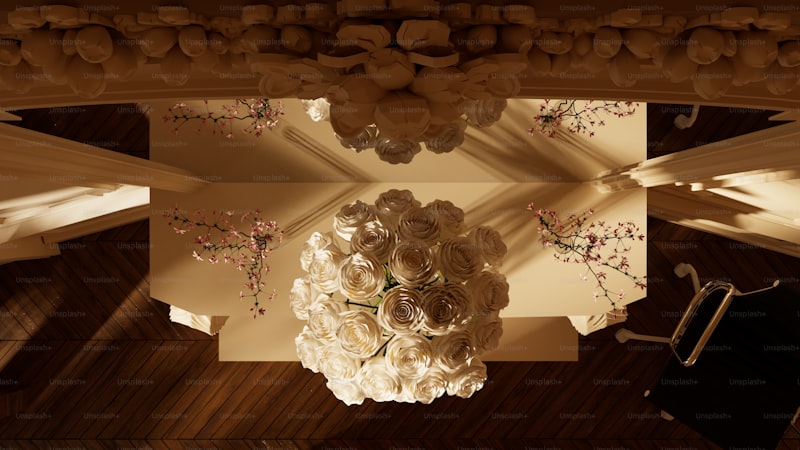Discover the Allure of Timeless Lace Details in Fashion and Interiors
In the ever-evolving world of fashion and interior design, some elements remain unfailingly elegant and captivating. One such detail is lace, particularly the concept of timeless lace details. This article will delve into the enduring charm of lace, exploring its history, versatility, and application in both clothing and home decor. Lace has been a favorite among designers and decorators for centuries, and its ability to evoke a sense of nostalgia and sophistication makes it a relevant choice in today’s trend-driven market.
The History of Lace: From Function to Fashion
Lace originated in the late 15th century, primarily in Italy and Flanders, as a decorative technique that evolved from various embroidery techniques. Initially, it served a practical purpose, used to adorn cuffs and collars of garments and for ecclesiastical garments. However, as the 16th century progressed, lace transitioned from functionality to a coveted design detail in high fashion. The preference for elaborate lacework among aristocrats and later, the bourgeoisie, highlighted its status symbolism. By the Victorian era, lace had firmly established itself as a must-have in any fashionable wardrobe.
Types of Lace
Today, various types of lace are popular in fashion and homewares. Each type carries its unique charm and usage:
| Type of Lace | Characteristics | Common Uses |
| Chantilly Lace | Fine, black or white lace with floral patterns. | Bridal gowns, evening dresses. |
| Venetian Lace | Heavier, often embroidered lace known for bold patterns. | Home curtains, tablecloths. |
| Guipure Lace | Thick lace with a raised design and no net background. | Fashion accessories, dresses. |
| Eyelet Lace | Fabric with small holes, often in floral designs. | Summer garments, children's clothing. |
Timeless Lace Details in Fashion
The enchantment of lace is evident in its recurring appearances on runways and red carpets. Renowned designers have embraced lace for its romantic and delicate qualities. When integrated thoughtfully, timeless lace details can elevate garments, adding depth and intricacy to even the simplest silhouettes. For example, consider how a sheer lace overlay can transform a classic little black dress into something extraordinary. Moreover, the layering of lace can create visual intrigue while maintaining an elegant vibe.
Lace in Bridal Wear
For brides, lace is synonymous with romance. The use of lace details in bridal dresses—be it a lace bodice, train, or intricate sleeves—has remained a staple since the Victorian era. Lace veils also add a classic touch, creating a dreamy atmosphere on the big day. Modern brides often seek a perfect blend of traditional and contemporary designs, where timeless lace details play a crucial role in achieving that balance.
Styling Tips for Incorporating Lace
To harness the beauty of lace effectively, consider the following styling tips:
- Layering: Pair lace with contrasting textures, such as denim or leather, to create balance.
- Color Coordination: Opt for monochrome pieces to let the lace details stand out, vibrant hues can complement lace beautifully as well.
- Accessorization: Incorporate lace accessories like chokers, handbags, or shoes rather than overloading on lace clothing.
Timeless Lace Details in Interior Design
Lace's romantic and feminine aesthetic transcends fashion, finding its way into interior design. Whether it's a lace curtain softly filtering sunlight or lace-patterned wallpaper, the element adds texture and elegance to spaces.
Creating a Timeless Look with Lace in Interiors
Using lace in home decor can create a nostalgic, inviting atmosphere. Here are some ideas to consider:
- Layered Textiles: Incorporate lace tablecloths over solid-colored fabrics for a refined dining experience.
- Lace-Paneled Curtains: Soft lace curtains can provide privacy while still allowing light to flow into the room.
- Enhancing Vintage Styles: When combined with antique or vintage furniture, lace can amplify a room's elegance and theme.

Popular Questions about Timeless Lace Details
As individuals explore the charm of lace, several related queries often arise:
- What occasions are appropriate for wearing lace? Lace is suitable for various events, from formal occasions like weddings and galas to casual summer outings.
- How do I care for lace garments? Hand washing is generally preferred for lace, followed by air drying to preserve its integrity.
- Can lace be stylish in men’s fashion? Absolutely! Lace can be incorporated into men's fashion through accessories such as shirts with lace detailing or lace in shoe design.
Conclusion: Embrace the Timelessness of Lace
In summary, timeless lace details represent more than just a design element; they encapsulate a rich history and an enduring appeal that resonates across generations. Whether adorning a stunning dress or creating an inviting home ambiance, lace remains a symbol of elegance and sophistication. As you explore incorporating lace into your wardrobe or interiors, remember that the beauty lies in subtlety. Embrace this timeless detail, and let it inspire your styles and spaces to reflect grace and beauty. However, as with any design choice, moderation is key to retaining a balanced and chic aesthetic.